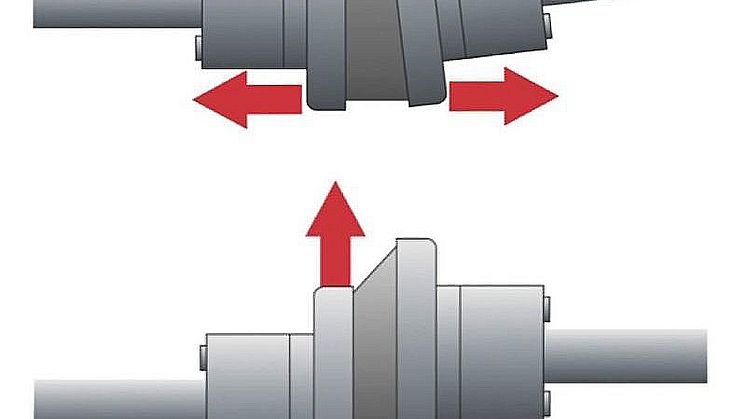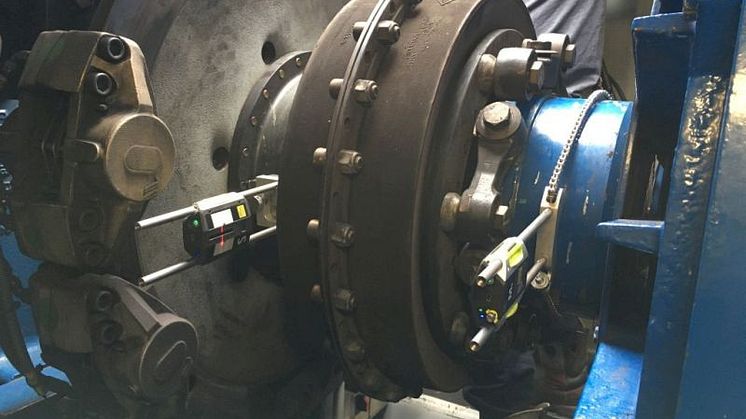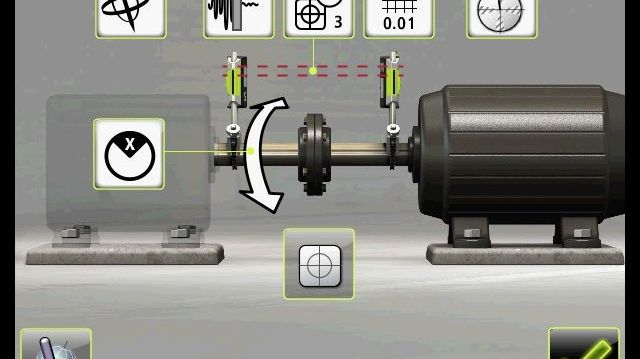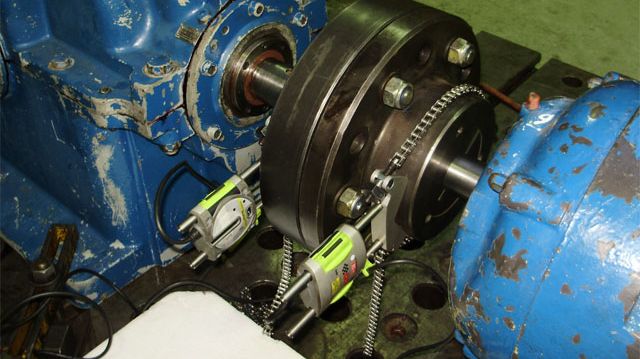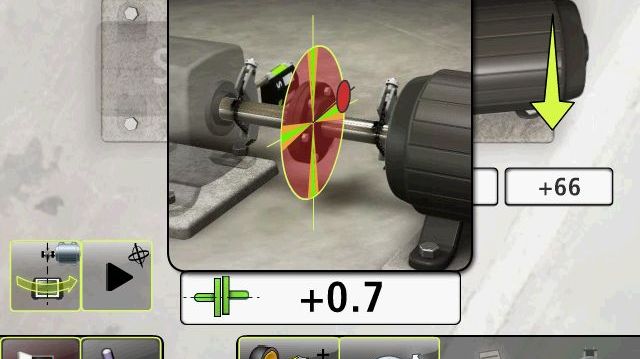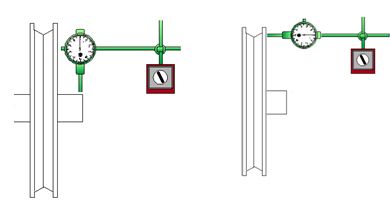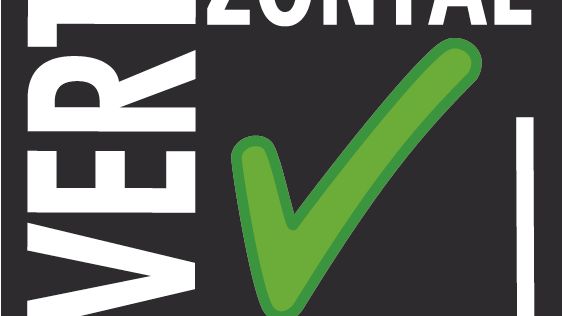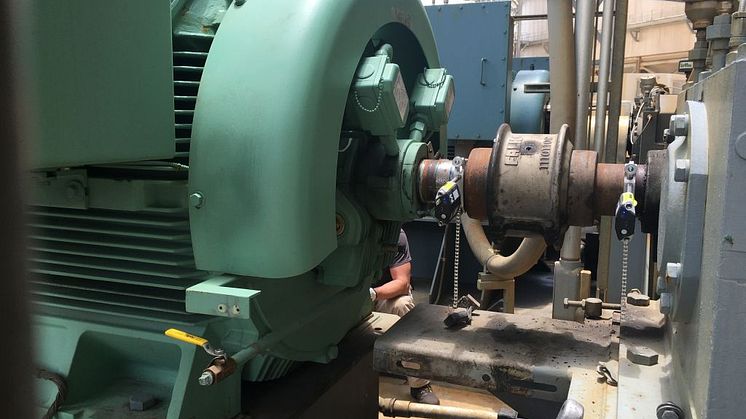
How Many Times Do I Need to Align This Machine?
A customer called me recently with concerns about a pump alignment job he completed about six months earlier. He had checked the alignment again and found that the alignment values changed. He was concerned that he had done something wrong. I explained to him that he was performing the alignment correctly, however, the machine could have moved. How? He asked. Good question!
